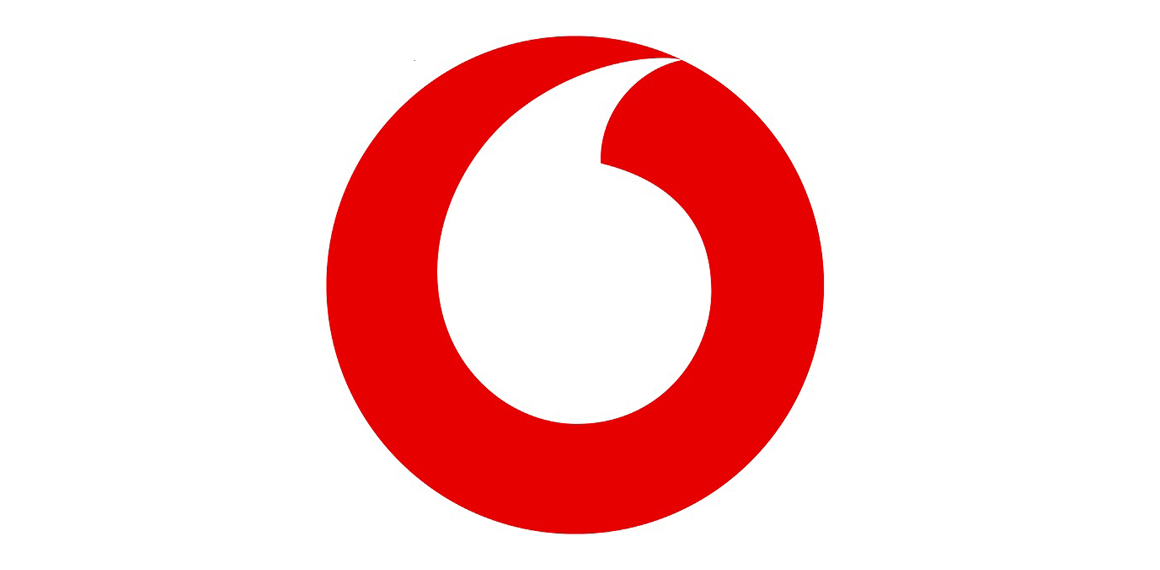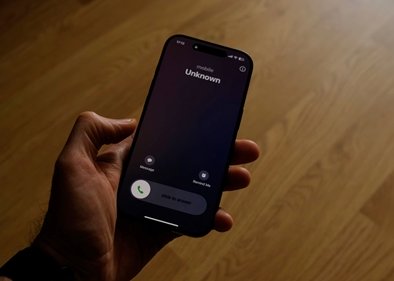The technology community is debating the role that 5G will play in growing the Internet of Things (IoT). We believe that the evolution of existing networks to support Narrowband-IoT (NB-IoT) will provide initial 5G benefits.
660 million – 1.5 billion devices could be connected to mobile networks by 2020/ 2021 according to industry estimates1. To achieve this vision, mobile connectivity must be extended to new classes of products like water meters, smoke alarms and parking spaces.
When the standards body 3GPP first defined potential 5G benefits they included several ways in which it could support massive IoT.
It is now clear that NB-IoT, which was completed by 3GPP as a technology standard earlier this month, will be able to deliver some of those benefits to customers:
Extended coverage –20 decibels (dB) extra coverage beyond GSM/GPRS cell edge including deep indoors (>164 dB max path loss);
Low latency – communication between network data packets will be an average 10 seconds, which is fine for devices that communicate infrequently;
Massive connectivity – NB-IoT can achieve 1 million connections per square kilometre, using multiples of 200 kilohertz bandwidth; and
Long battery life – NB-IoT module batteries will last up to15 years.
As my colleague Erik Brenneis wrote recently, manufacturers also need to deliver connectivity at a low cost. Smoke detectors retail for $5 today and cannot sell for $20 just because they are connected. Low cost connectivity will be easier to achieve if the industry aligns behind the NB-IoT standard.
We expect the commercial roll-out of NB-IoT from early 2017 to be fast and with the coverage needed to support the demand for connected devices.
There is a clear path to upgrade networks to use NB-IoT. Vodafone estimates that 85% of its 4G base stations in Europe will be able to support NB-IoT with a software upgrade.
The rest of the industry shares our confidence in this new Low Power Wide Area technology. NB-IoT is supported by over 20 of the world’s largest operators who geographically serve over 90% of the IoT market.
The industry focus on developing NB-IoT, will allow our customers to enjoy the benefits of living in a massively connected 5G IoT world years sooner than expected.
1 Roberts, M, 2015, 5G Taking Shape for 2020, but Early Hype Needs a Reality Check. Ovum.

























